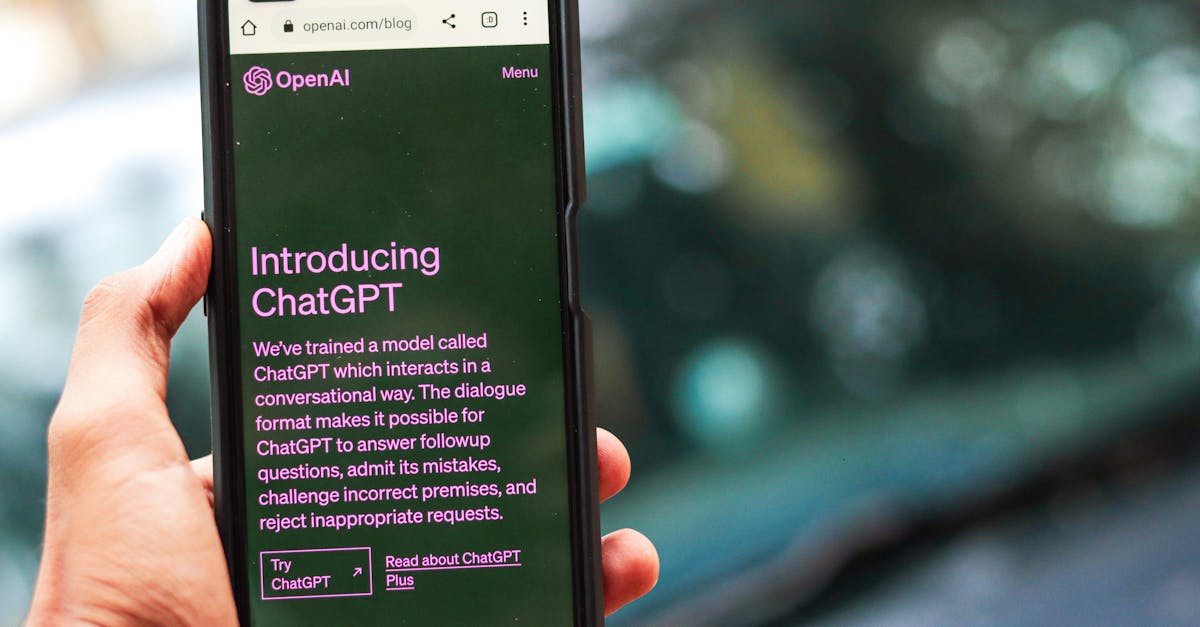
Transforming Everyday Productivity: How AI is Revolutionizing Virtual Assistants for Seamless User Experiences
Virtual assistants have come a long way since their inception. From simple voice commands to complex natural language processing, they’ve evolved exponentially with the advent of Artificial Intelligence (AI). This transformation has not only improved user experiences but also enhanced productivity across various sectors.
The Rise of AI-Driven Virtual Assistants
The integration of AI in virtual assistants has significantly enhanced their capabilities. With machine learning algorithms and advanced natural language processing, these digital helpers can now understand context, learn from user behavior, and perform tasks autonomously.
Benefits of AI-Enhanced Virtual Assistants
- Improved Accuracy: With AI’s ability to learn and adapt, virtual assistants can understand complex commands better and provide more accurate responses.
- Seamless Integration: Modern virtual assistants can integrate with multiple platforms and devices, providing a unified user experience.
- Enhanced Productivity: By automating routine tasks such as scheduling appointments or setting reminders, AI-driven virtual assistants free up time for more meaningful work.
These benefits have made AI-enhanced virtual assistants indispensable tools in today’s fast-paced world.
Impact on Businesses
In the corporate realm, AI-powered virtual assistants are revolutionizing the way businesses operate. They’re helping employees manage their workload more efficiently, thereby boosting overall productivity.
Virtual Assistants for Sales Teams
Sales teams often juggle numerous leads and customer interactions daily. Virtual assistants can help keep track of these interactions, schedule follow-ups, and even provide real-time data analysis to improve sales strategies.
Virtual Assistants for Project Management
Project management involves coordinating multiple tasks across different teams. Virtual assistants can assist in task allocation, tracking progress, and ensuring deadlines are met.
In essence, AI-driven virtual assistants act as an extra pair of hands, helping businesses run smoother and more efficiently.
Future Developments
As AI continues to advance, we can expect even greater capabilities from virtual assistants. These could include:
- More sophisticated understanding of human emotions and sentiment analysis for improved customer service.
- Better predictive analytics to anticipate user needs and provide proactive assistance.
- Greater integration with Internet of Things (IoT) devices to create smart homes and offices that respond intuitively to user behavior.
The potential applications of AI in virtual assistants are vast, promising a future where everyday productivity is transformed by intelligent digital helpers.
Conclusion
The integration of AI into virtual assistants has marked a turning point in enhancing user experiences and boosting productivity. As these technologies continue to evolve, we can look forward to increasingly intuitive and responsive virtual assistants shaping our daily lives.